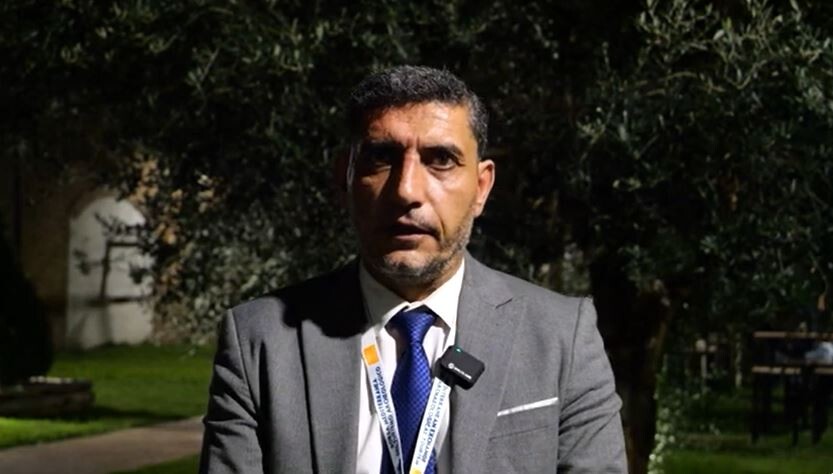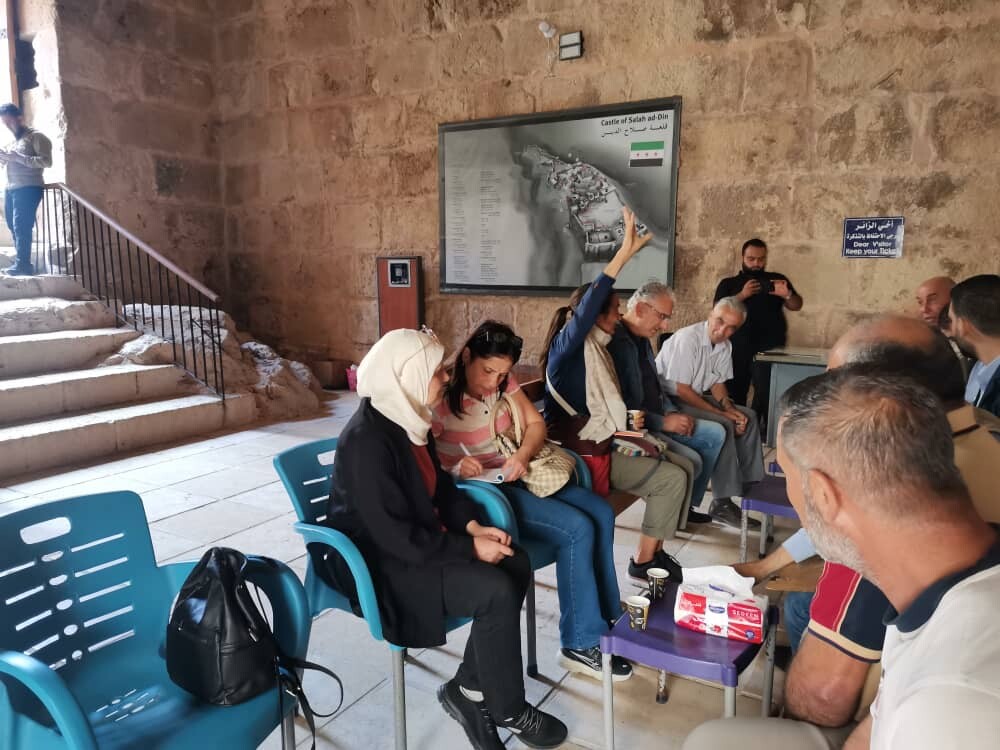Rebuilding Heritage, Reconnecting Worlds: An Interview with Anas Haj Zeidan at the BMTA Paestum 2025
During his visit to the 27th Borsa Mediterranea del Turismo Archeologico in Paestum, Anas Haj Zeidan — Director General of Antiquities and Museums of the Syrian Arab Republic, who pursued part of his academic training in Italy — spoke with Archeomatica about Syria’s cultural revival, international cooperation, and the role of archaeology as a bridge between memory and reconstruction.

At BMTA 2025, Paestum became a crossroads of dialogue between heritage and diplomacy. In this exclusive conversation, Anas Haj Zeidan reflects on how his academic formation in Italy shaped his vision of heritage management, outlining Syria’s roadmap for safeguarding and reopening archaeological sites, the challenges of post-conflict restoration, and the prospects for renewed Mediterranean partnerships in culture and tourism.
What is the current status of the national heritage inventory, and which digital tools are being used to track damage, theft, and dispersal of collections following the political transition?
Syria has long faced challenges in maintaining a comprehensive, up-to-date national inventory due to war, governance changes, and security concerns. Over the past decade, regional and international partners have supported efforts to document and map sites, but a centralized, fully current national inventory has been difficult to verify publicly.
How are priorities for intervention determined across archaeological sites — based on scientific assessment, structural risk, symbolic value, or potential for local development?
The emphasis shifts toward immediate protection, including structural stabilization and safeguarding information or data that could be lost. The main threats and vulnerabilities become the guiding priority.
Immediate danger: Buildings or structures at imminent risk of collapse specially the inhabitant historic cities, or unstable foundations require urgent intervention to prevent the loss of heritage and to protect people.
Looting and illicit trafficking risk: Areas with documented theft, vandalism, or ongoing threats typically see accelerated interventions to secure sites and deter illicit activity.
What are the main operational challenges currently faced by the Directorate-General — shortage of qualified staff, lack of materials, site accessibility, or security concerns?
The key issues include:
- Shortage of qualified staff: Recruitment, retention, and specialized training gaps can bottleneck assessments, conservation work, monitoring, and enforcement.
- Site accessibility: Access to sites severely limited by security risks, mines, damaged infrastructure. This hampers surveys, documentation, preventive interventions, and rapid response.
- Threats from conflict, theft, vandalism, or organized looting endanger staff and complicate operations.
- Shortages of essential equipment, conservation materials, conservation laboratories, and funding limit the ability to implement interventions, run training programs, or maintain infrastructure.
Is there a formal inter-ministerial protocol involving Defense and Interior for de-mining and protecting archaeological areas and restoration sites?
I don’t have a universal, country-level protocol to cite, because inter-ministerial arrangements for de-mining and protecting archaeological areas vary widely by country, governance framework, and current security situation.
How do you plan to engage universities, research institutes, and the Syrian scientific diaspora in digital documentation, 3D surveying, and conservation projects, while ensuring open data access and new professional training?
Through MoUs and data-sharing agreements: outline responsibilities, authorship, benefit-sharing, and open-access expectations.
Italy was for decades a key reference point for archaeological training and museological cooperation in Syria. Which forms of renewed collaboration with Italian institutions would you consider most urgent — 3D recording, joint conservation projects, capacity-building, or bilateral archaeological missions?
Capacity-building (highest priority)
Long-term exchange programs for Syrian conservators, archaeologists, and curators with Italian institutions.



